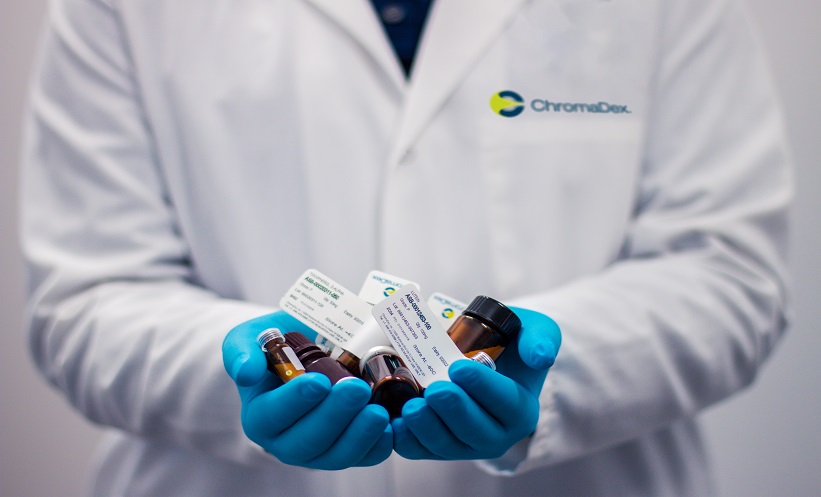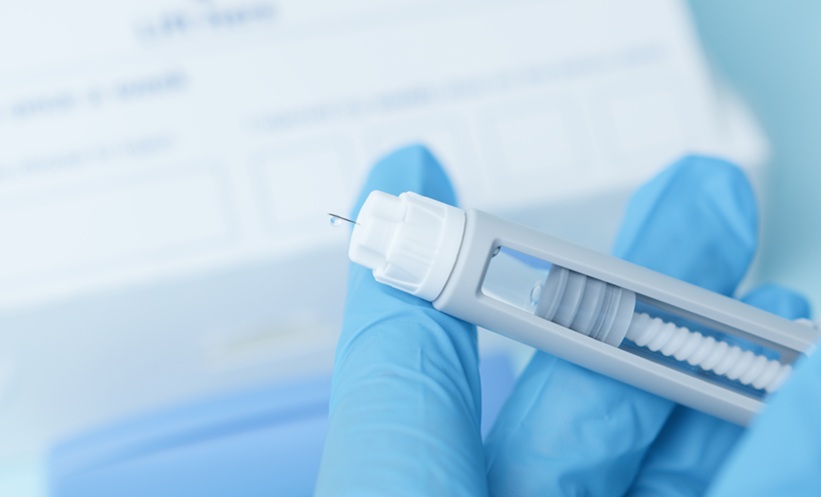INNOVATIVE development of a novel wearable patch for topical delivery of treatment for melanoma may lead to a better treatment experience for patients. The new patch makes use of dissolvable silicon nanoneedles to deliver doses in a more sustained manner than other topical delivery methods for skin cancers.
Chemotherapy and radiotherapy treatment of melanoma can have significant side effects and toxicity, particularly as the aggressive nature of melanoma cells frequently leads to recurrence. Current topical treatment delivery options face challenges relating to the size of their microtubules being too painful for patients, and the rapid dissolving of the polymers used impairing their ability to provide sustained dosing. This new wearable patch is designed to address both challenges.
Prof Chi Hwan Lee and his team in biomedical and mechanical engineering at Purdue University, West Lafayette, Indiana, USA, designed silicon nanoneedles for their new patch. “The uniqueness of our technology arises from the fact that we used extremely small but long-lasting silicon nanoneedles with sharpened angular tips that are easy for their penetration into the skin in a painless and minimally invasive manner.” Prof Lee further explained how the patch achieves a more sustained delivery of treatment: “Uniquely, this patch is fully dissolvable by body fluids in a programmable manner such that the patch substrate is dissolved within one minute after the introduction of needles into the skin, followed by gradual dissolution of the silicon needles inside the tissues within several months.”
The engineering design of the nanoneedles makes use of nanoscale pores to provide a drug loading capacity similar to conventional microneedles. These bioresorbable needles are built on a medical film that is thin, flexible, and water-soluble, leading to better conformity to the skin surface and rapid, complete dissolution in 1 minute. The research was supported by the Air Force Office of Scientific Research, and the team is now seeking partnerships to further develop this drug delivery method for use in patients.








